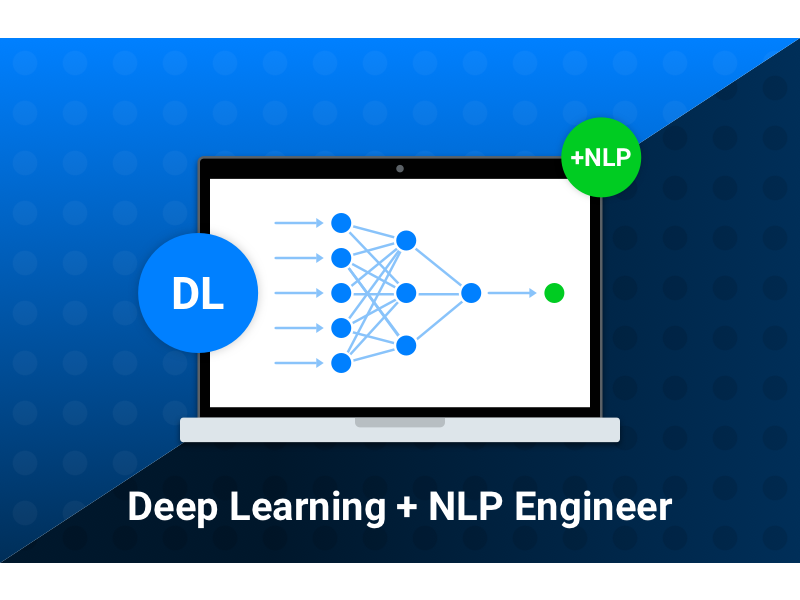

The Architecture of ChatGPTĬhatGPT is based on the transformer architecture, a type of neural network that was first introduced in the paper “Attention is All You Need” by Vaswani et al. The transformer architecture enables ChatGPT to understand and generate text in a way that is coherent and natural-sounding. In the case of ChatGPT, deep learning is used to train the model’s transformer architecture, which is a type of neural network that has been successful in various NLP tasks. In the case of ChatGPT, machine learning is used to train the model on a massive corpus of text data and make predictions about the next word in a sentence based on the previous words.ĭeep Learning is a subset of machine learning that involves training neural networks on large amounts of data. Machine Learning is a subset of AI that involves using algorithms to learn from data and make predictions based on that data. Some common NLP techniques used in ChatGPT include tokenization, named entity recognition, sentiment analysis, and part-of-speech tagging. It is a crucial part of ChatGPT’s technology stack and enables the model to understand and generate text in a way that is coherent and natural-sounding. NLP is the branch of AI that deals with the interaction between computers and humans using natural language. These technologies are used to create the model’s deep neural networks and enable it to learn from and generate text data.

The Technologies Used by ChatGPTĬhatGPT is built on several state-of-the-art technologies, including Natural Language Processing (NLP), Machine Learning, and Deep Learning. The goal of ChatGPT is to generate language that is coherent, contextually appropriate, and natural-sounding. It uses the transformer architecture, a type of neural network that has been successful in various NLP tasks, and is trained on a massive corpus of text data to generate language.

ChatGPT is an AI language model developed by OpenAI that uses deep learning to generate human-like text.


 0 kommentar(er)
0 kommentar(er)
